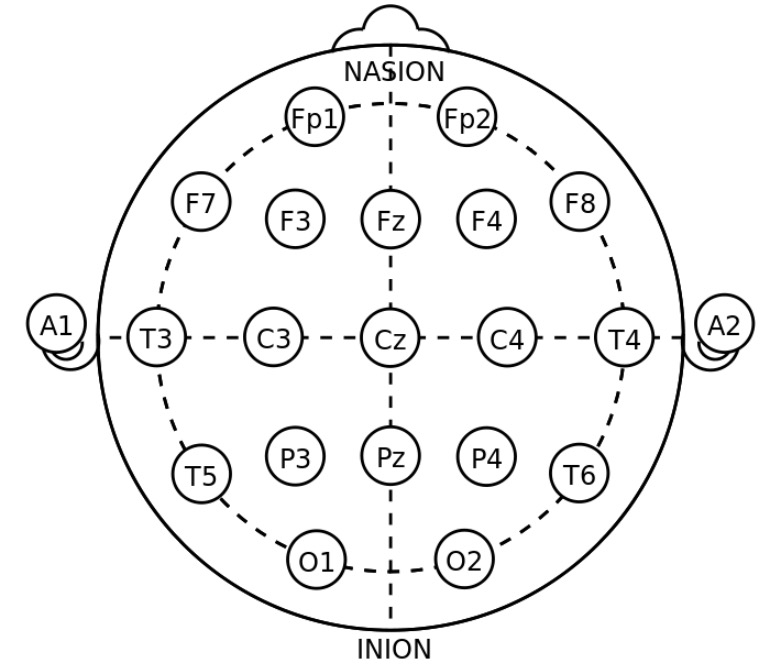Playlist
Show Playlist
Hide Playlist
Medication for Focal Onset and Primary Generalized Epilepsy – Seizure Treatment
-
Slides Seizures Epilepsy Partial Onset Epilepsy & Top Ten Seizure Treatment Tips.pdf
-
Download Lecture Overview
00:01 So let's talk about how we select an appropriate drug to treat a patient's seizures. 00:06 There's a laundry list of seizure medications at our disposal. 00:09 And you can see that list here. 00:12 When I'm thinking about which drug to select for a patient, it starts with the type of epilepsy. 00:17 And we'll talk about certain drugs that are better for focal-onset epilepsy, and certain drugs for generalized epilepsy. 00:24 The second thing I consider is the patient. 00:26 What are the patient's medical comorbidities? And what drugs may exacerbate those underlying conditions? And then the last things is the side effect of the medicines. 00:35 We want to select drugs that are the least likely to cause side effects for the patient that we're treating. 00:40 And that helps to bring this list of many medications down to a small selection of the appropriate medicine for the individual patient. 00:49 We can categorize that long list of medications based on their mechanism of action. 00:54 And I find this really helpful. 00:56 Medicines that have a similar mechanism of action often have a similar side effect profile. 01:01 So the GABAergic agents, as you see here, phenobarbital, primidone, the benzodiazepines, tiagabine, and vigabatrin all have GABAergic side effects. 01:10 Their mechanism is to increase GABAergic tone. 01:13 Increase inhibitory tone. 01:15 So the side effect is sedation. 01:16 And that's the most prominent side effect that we see with these medicines. 01:21 The sodium channel agents. Some of those you see here, phenytoin, carbamazepine, oxcarbazepine, lamotrigine, lacosamide, topamax, and zonegran. 01:31 All these sodium channel agents have sodium channel side effects. 01:34 And I think about things like nausea, vomiting, dizziness, imbalance, disequilibrium, and ataxia. 01:40 And those are the things that we can see in patients who have a toxic doses or toxic levels of these medicines or side effects. 01:48 For the calcium channel activations, we think about ethosuximide, gabapentin, and pregabalin. 01:54 In ethosuximide is the most common calcium channel agent that we think of. 01:57 It acts on the T-type calcium channels. 02:00 We don't think of gabapentin or pregabalin. 02:03 Many think that those are GABAergic agents, and that's why they're called gabapentin or have the word pregabalin in them. 02:10 Interestingly, they act on the voltage-gated calcium channels, And in doing so, do increase GABAergic tone. 02:17 So their side effect profile really mirrors the GABAergic agents, even though their mechanism is through increasing or acting at the calcium channel. 02:26 Levetiracetam acts at the SV2A receptor and has very novel mechanism of action. 02:32 Valproic acid is a dirty drug and that's a good thing. 02:35 It works on many epilepsies and doesn't have a specific mechanism of action, and has a unique side effect profile that we will talk about. 02:43 Potassium channel activation is Potiga. 02:46 It acts on the KCNQ2 channel. 02:48 And then there are other seizure medicines that fall into a different category. 02:52 That can't be mechanistically categorized. 02:54 Felbamate and rufinamide. 02:57 When we're selecting the right drug for the right patient, we start with the type of epilepsy. 03:03 And here we'll go through the drugs that we consider for a patient with partial seizures or focal-onset epilepsy. 03:10 Again, the seizure types we're treating our partial seizures or focal-onset seizures. 03:14 Those would be the simple partial seizures, the complex partial seizures, or the secondary generalized seizures. 03:20 We also categorize those as focal-onset with retained awareness, or focal-onset with altered awareness. 03:26 The first line agents that we would think about are listed here. 03:29 And carbamazepine or Tegretol is a medication to consider for these patients. 03:34 We also frequently would consider levetiracetam or lamotrigine. 03:38 Second-line agents, as you can see here, include many of the other seizure medicines and in a number of categories. 03:45 Lacosamide, phenytoin, which is a very effective agent. 03:48 Valproic acid acts on many different seizure types in zonisamide. 03:53 And then there are other alternatives that we can consider in really exceptional cases, and would be used for patients with severe medically refractory epilepsy as you can see here. 04:05 What about for primary generalized epilepsy? Is again this is the generalized onset seizures. 04:10 Our first-line agents lamotrigine and levetiracetam. 04:14 Those are highly effective for both focal-onset and generalized-onset seizures topiramate, zonisamide, and valproic acid is effective for most seizure types. 04:25 Our second-line drugs, phenytoin, phenobarbital and other alternatives including felbamate.
About the Lecture
The lecture Medication for Focal Onset and Primary Generalized Epilepsy – Seizure Treatment by Roy Strowd, MD is from the course Seizures and Epilepsy.
Included Quiz Questions
Which drug is considered first-line therapy for focal epilepsy?
- Levetiracetam
- Gabapentin
- Phenytoin
- Valproate
- Zonisamide
Which drug is considered first-line therapy for generalized epilepsy?
- Topiramate
- Phenytoin
- Phenobarbital
- Gabapentin
- Zonisamide
Customer reviews
5,0 of 5 stars
| 5 Stars |
|
5 |
| 4 Stars |
|
0 |
| 3 Stars |
|
0 |
| 2 Stars |
|
0 |
| 1 Star |
|
0 |




